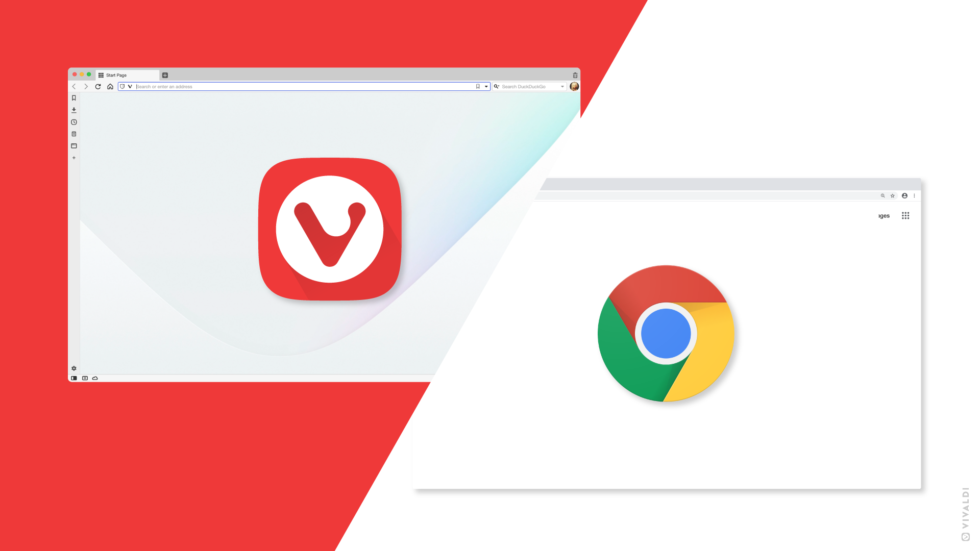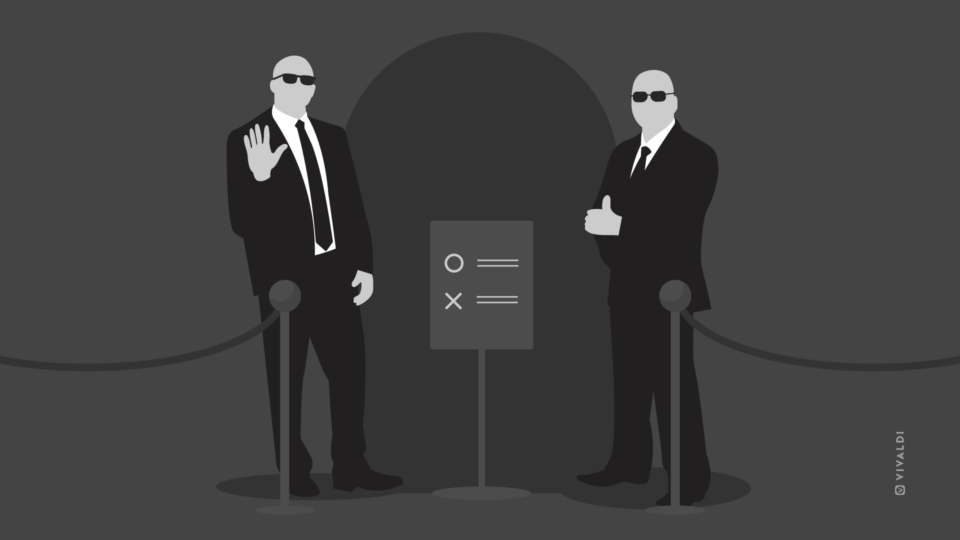
Read this article in 日本語.
I spent the last five years in the United States studying and playing college basketball.
Originally from Norway, I was born in 1996, so you could say I’ve grown up alongside the Internet.
As a student, there were some long nights of studying, writing papers and procrastinating. When I was in the midst of it all, I always looked for the most efficient way to study.
I have used Google Chrome my whole life, and it was my trusted companion throughout my studies. But now that I have discovered Vivaldi, I’d like to look back on my experience.
Vivaldi vs Chrome: viewing multiple pages
Like most students at university, I did all my work on my laptop. At that point, I had not been introduced to utilising multiple screens or monitors.
In order to work on my assignments, I would have at least two, often three windows open in Chrome. I could be reading an article for research purposes, working on the assignment itself, or something else.
I appreciated having all the information in front of me, but it took up a lot of screen space and was quite difficult to handle. I was forever resizing windows or locating the right window.
Still, I thought I was super efficient with so many windows open in front of me. Looking back, those long nights at the library were quite a struggle.
At that point I, like many, had used Google Chrome for as long as I could remember. It felt safe, I was used to it, I was comfortable using it. Chrome had shaped me into the way I use the Internet without me even realising it.
Even though I was fully aware that other browsers existed, it hadn’t crossed my mind to switch, because I hadn’t felt the need to explore other options. Chrome seemingly satisfied my needs.
Imagine the feeling of liberation when I first got introduced to Vivaldi browser and its built-in Tab Tiling feature!
Had I known about it at Uni, I would have switched there and then.
Tab Tiling in Vivaldi browser is about the feeling of freedom and possibilities, integrated in a single browser window. It allows you to have multiple pages open in the same window.
You can choose exactly how much space you want each page to have, as well as if you want the pages “tiled” horizontally or vertically.
The ability to navigate easily through different and multiple websites – at the same time and in the same browser window – would have made my student life a lot more pleasant.
Vivaldi makes it easy to navigate between the tiled pages and provides a much-needed overview and simple efficiency.
Tab management in Vivaldi superior to Chrome
I’ve now used Vivaldi browser for a few weeks and I am really impressed with how customizable it is compared to Google Chrome.
When I used to work, study or just browse with Google Chrome, I used to open a lot of tabs.
Opening new tabs in Chrome is a no brainer. Chrome users are married to ⌘ T. In Chrome, I would almost rather open a new tab than press the previous page button.
This usually results in a very cluttered and confusing window, and I would struggle to find my way back to my trail of thought and previous tabs.
In Google Chrome, the alternative to clutter is opening different windows where each window is dedicated to a topic. That defeats the purpose though as the windows will stack up in the same way the tabs have.
Vivaldi browser is an ocean of possibilities when it comes to tab management.

With the Tab Stacking feature in Vivaldi, I now sort tabs into different categories to where I feel they belong. This is extremely helpful and efficient, especially if I am working on multiple tasks at the same time. And I like to keep all my stacks in the same window.
Note-taking in Vivaldi vs Chrome
In my student days, doing research for different assignments in Google Chrome looked like this: I would browse through dozens of articles in a short period of time. Together with the multiple windows and tabs, I would have a Microsoft Word document open to write down notes as I did my research.
Unfortunately, having an additional window open constantly, while moving back and forth through articles, did not help the chaotic screen.
Vivaldi, on the other hand, allows me to take notes within the browser.

Let’s say I’m doing a research paper. I can stack all the tabs of the articles I find relevant in one tab, while I split the screen with a tab where I browse the articles. Instead of taking notes in a separate Word document, I can write down my notes directly on one side of the browser window.
If you copy and paste or screenshot something from an article, the note shows you the URL of the page it’s taken from, which makes it easy to locate later. There’s even a proper Notes Manager in Vivaldi.
* * *
When I first got introduced to Vivaldi, I had to ask myself why I would even consider switching from Google Chrome. I didn’t know what factors could possibly influence me into switching.
I just didn’t know why I would risk something that I was comfortable with.
It turns out this was a false sense of security. I now know that in Chrome you do things at the cost of putting in the legwork. In Vivaldi you do things differently – you do them smart.
You can find out more about me, how basketball brought me to Vivaldi browser and follow my journey on my blog.
Further reading:


